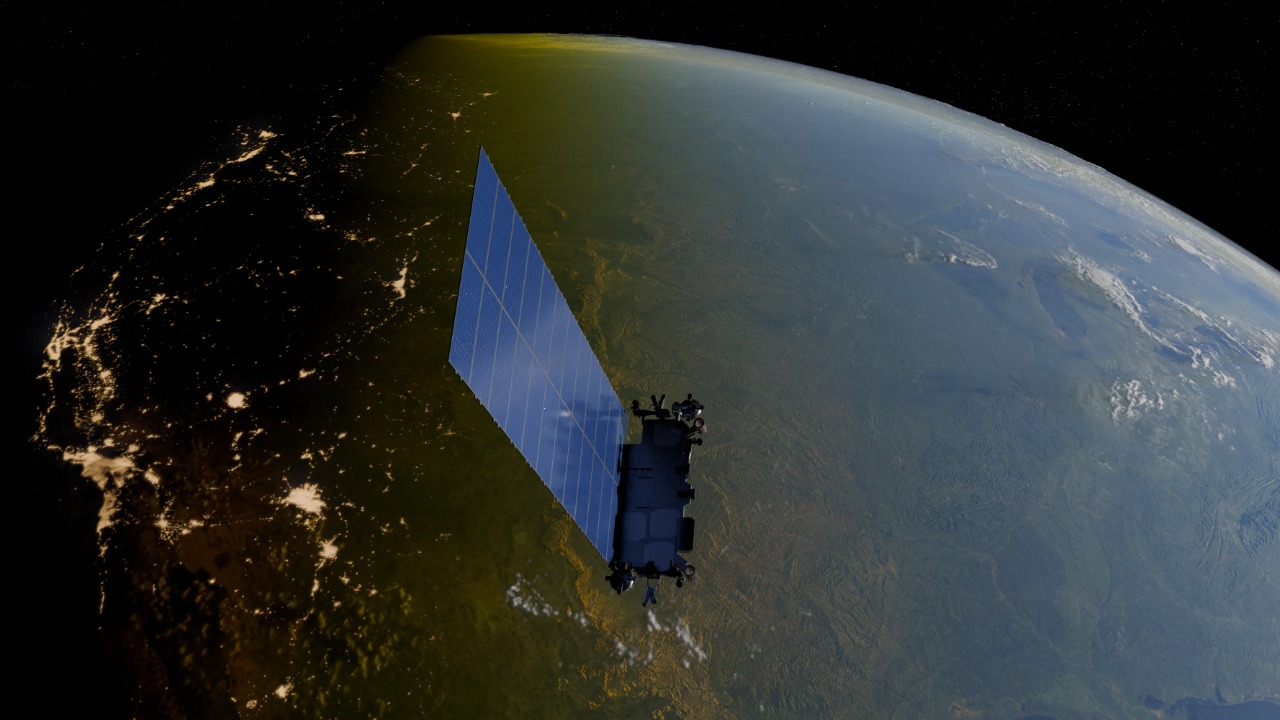
Every day, one to two Starlink satellites operated by SpaceX burn up upon re-entering Earth’s atmosphere. This phenomenon is driven by the rapid expansion of the Starlink constellation, which has grown to over 6,000 satellites in orbit as of late 2024. As SpaceX plans to launch up to 42,000 satellites in total, this daily incineration is expected to intensify, potentially leading to dozens of atmospheric re-entries per day in the coming years. While this process is designed to minimize space debris, it raises concerns about the potential pollution of the upper atmosphere with aluminum oxide from these controlled deorbits.
The Growth of the Starlink Constellation
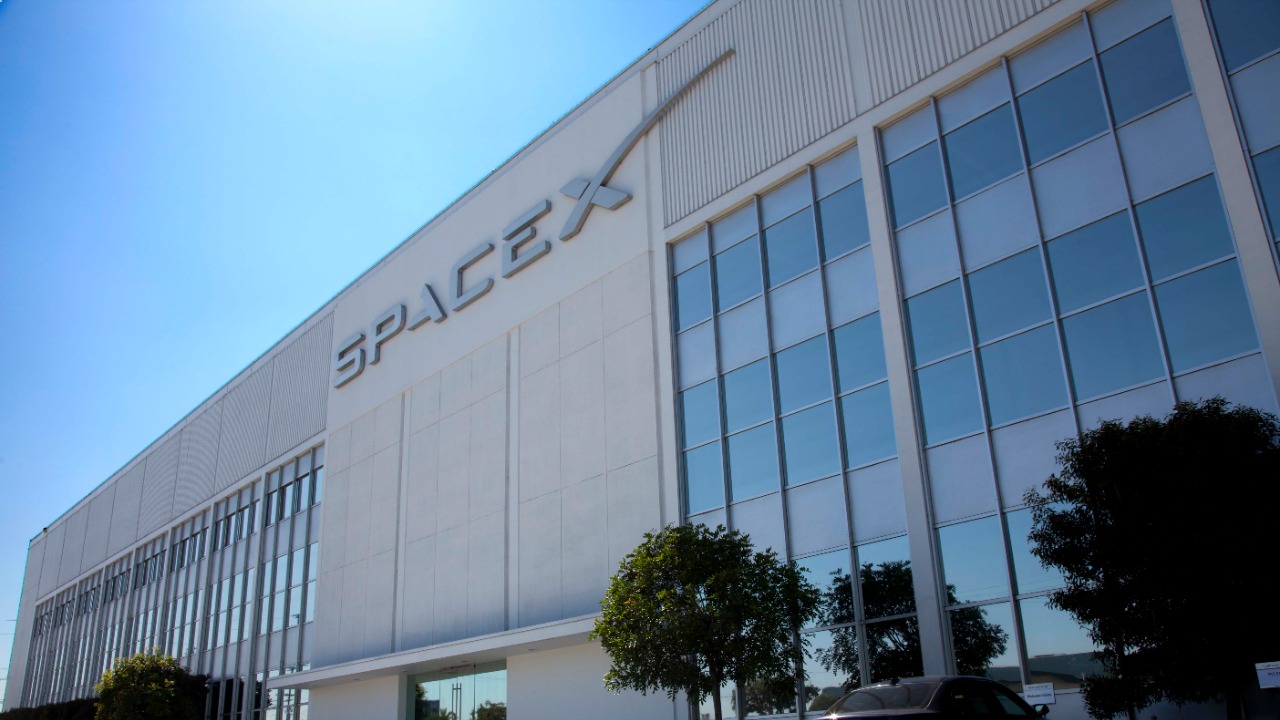
SpaceX launched the first Starlink satellites in May 2019, and by October 2024, the number of operational satellites had reached a staggering 6,000. This scale contributes significantly to the daily burn-up rate. The Federal Communications Commission (FCC) initially approved SpaceX’s ambitious plan for 12,000 satellites in 2018, with proposals for up to 42,000 satellites. The company’s frequent launches, averaging 20-60 satellites per mission, accelerate the need for deorbiting older units.
The satellites are placed in low-Earth orbit at altitudes ranging from 340 to 550 km. This placement naturally leads to atmospheric drag, causing premature re-entry for satellites without propulsion boosts. As the Starlink constellation continues to grow, the rate of satellite re-entry and burn-up is expected to increase.
Mechanics of Satellite Re-Entry and Burn-Up
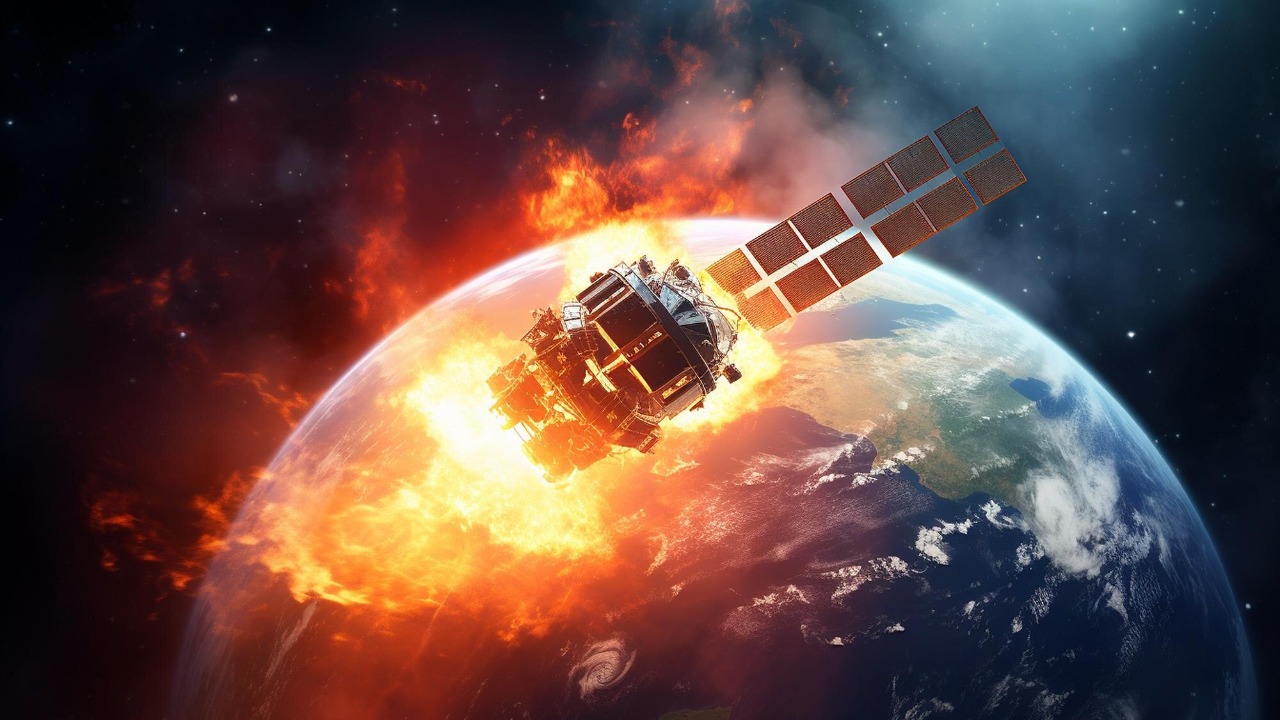
The deorbit process involves commanding satellites to lower their orbits using onboard ion thrusters. This results in fiery re-entries that vaporize most of the 260-500 kg structure into plasma at speeds over 17,000 mph. The current rate of one to two satellites per day fully burning up is based on tracking data from astronomers and SpaceX’s own reports of over 100 deorbits in a single month during peak periods.
There have been instances of partial failures, such as the 2022 geomagnetic storm that caused 38 Starlink satellites to lose altitude and burn up within hours of launch due to increased drag. As the number of satellites increases, managing such incidents will become increasingly complex.
Environmental Impacts on the Atmosphere
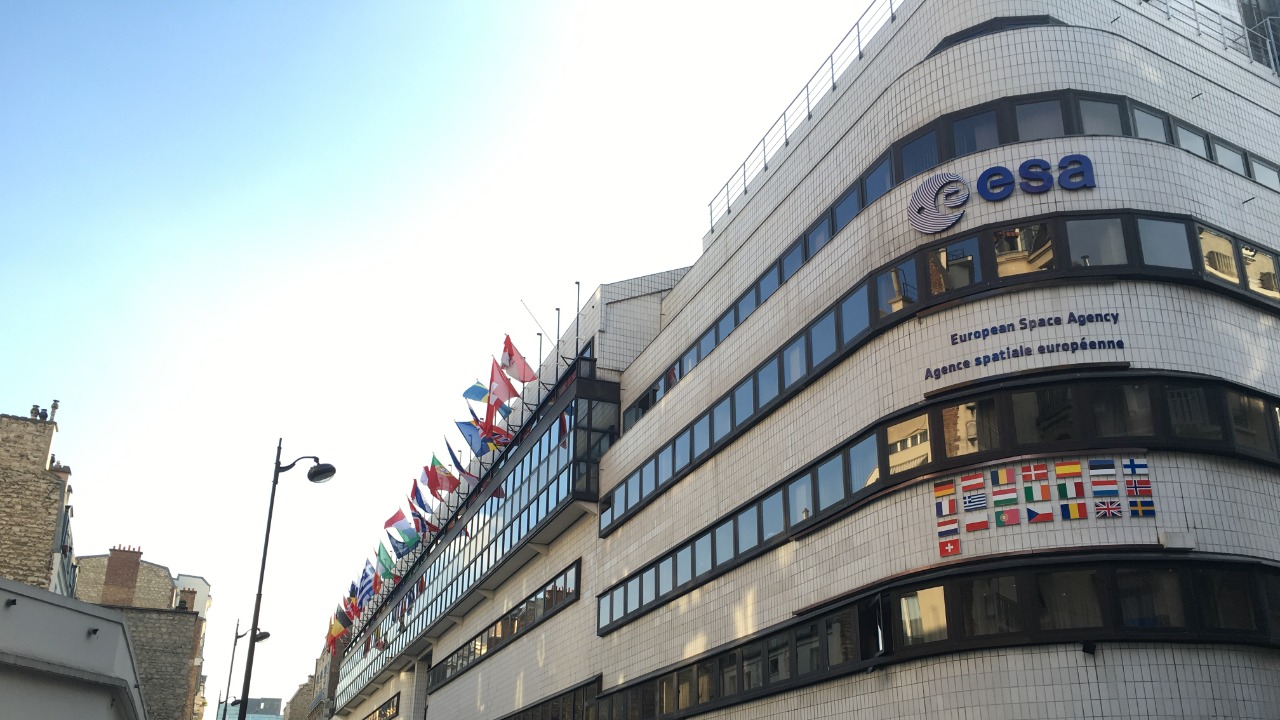
Each satellite burn-up releases about 30-50 kg of aluminum oxide particles into the mesosphere. A 2023 study by the European Space Agency noted that this could potentially alter ozone levels and climate. SpaceX executive Gwynne Shotwell acknowledged in 2023 that re-entering satellites contribute to stratospheric aerosol layers, drawing parallels to historical rocket exhaust effects.
Astronomical observations have reported bright re-entry streaks visible from ground telescopes. These streaks interfere with night sky monitoring and could increase with the projected 50 daily burn-ups by 2030. The environmental impact of the Starlink project is a growing concern among scientists and environmentalists.
Space Debris Mitigation Strategies
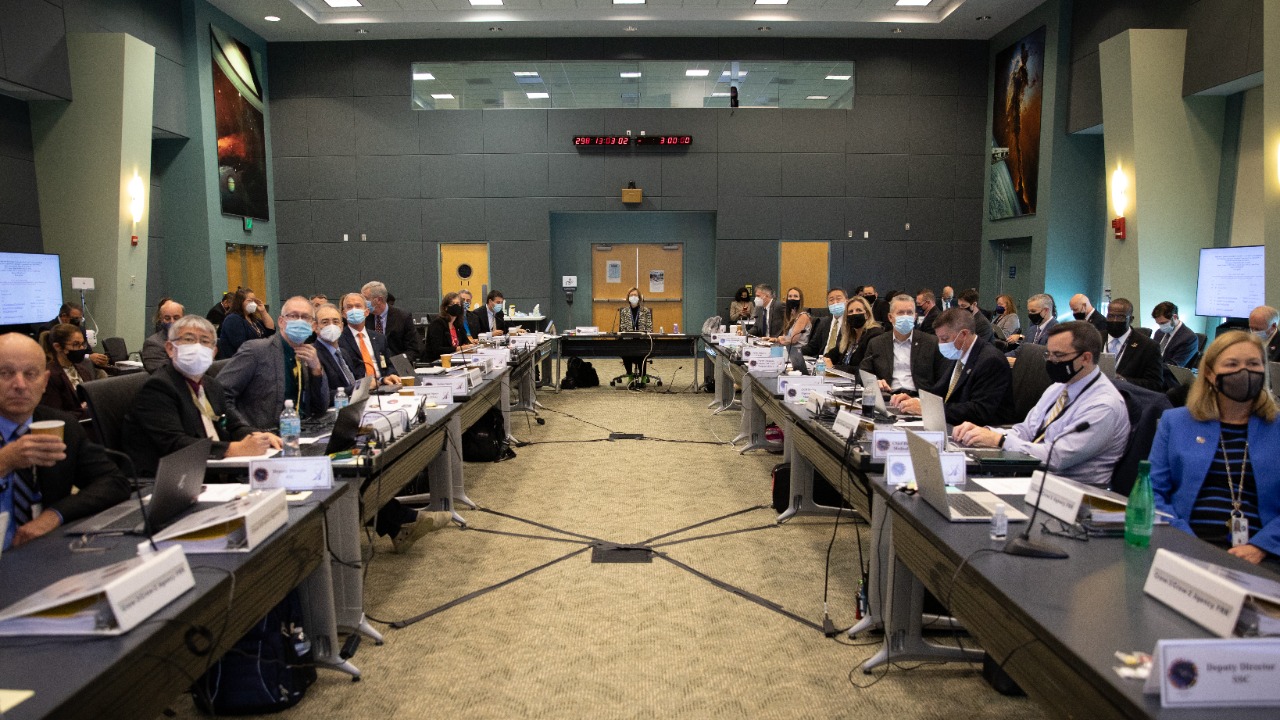
SpaceX has designed its satellites to fully deorbit within five years of the end of their mission, in compliance with FCC guidelines that require 95% disposal within 25 years. This leads to proactive burn-ups. The company has also introduced upgrades like argon thrusters on newer v2 satellites to extend operational life and reduce early failures. SpaceX reported a deorbit success rate above 99% for over 1,000 retired units as of 2024.
SpaceX adheres to international regulations, including NASA’s orbital debris standards and the UN’s space sustainability guidelines. However, these regulations may need revision to accommodate the challenges posed by mega-constellations like Starlink.
Future Projections and Escalating Challenges
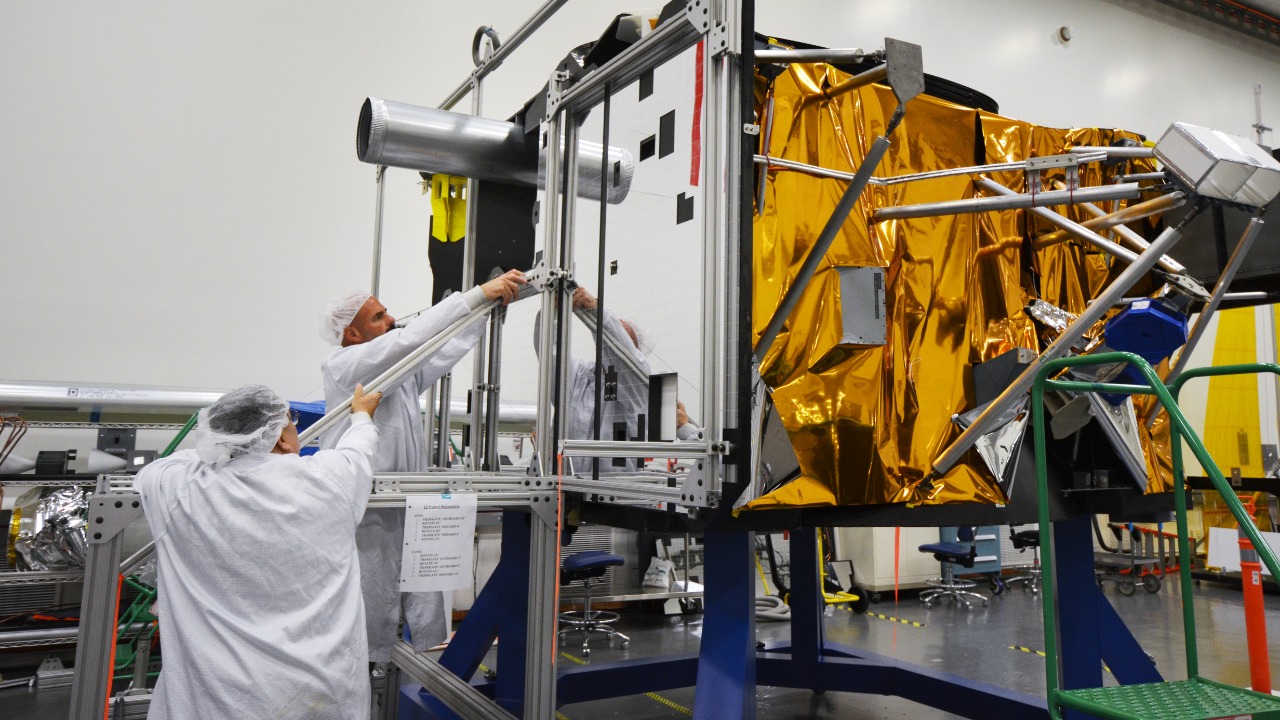
With a projected total of 42,000 satellites, daily burn-ups could reach 30-50 by the late 2020s, based on a five-year lifespan and continuous launches. This could overwhelm current atmospheric processing capabilities. Regulatory hurdles may also arise, such as the FCC’s 2023 review of Starlink’s expansion amid environmental lawsuits from groups like the Sierra Club citing unresearched atmospheric impacts.
Astrophysicist Jonathan McDowell, who tracks over 100 Starlink deorbits monthly, warns of a “space traffic jam” without better collision avoidance. As the Starlink constellation expands, managing space traffic and avoiding collisions will become increasingly challenging.
Broader Implications for Global Connectivity
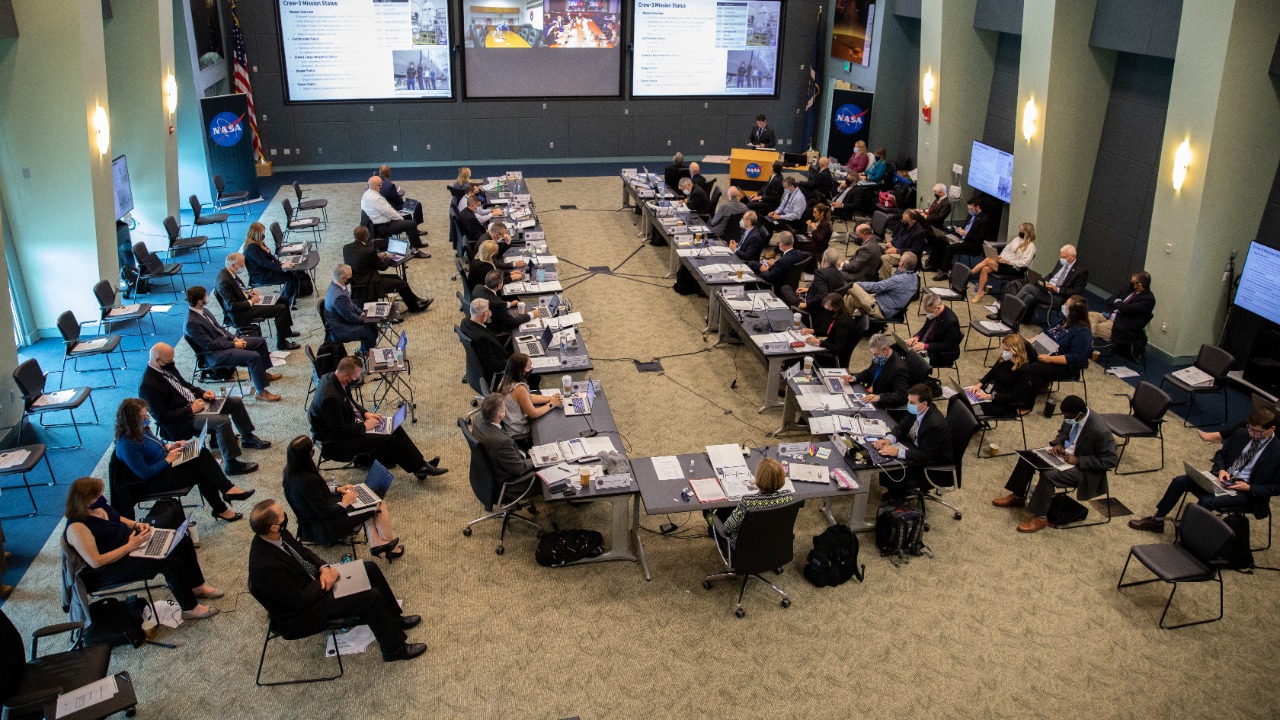
The burn-up cycle supports Starlink’s goal of providing internet to 3 billion underserved people. The project currently provides coverage in over 100 countries, but this is reliant on replacing failed satellites quickly. Economic factors also come into play, including the $3,000 per satellite production cost and SpaceX’s $10 billion investment. However, the risk of ground hazards is low, as 99.9% of satellites vaporize completely upon re-entry.
Competition from rivals like Amazon’s Kuiper, which plans to launch 3,236 satellites, could double atmospheric re-entry events and strain shared orbital resources. As the race for global connectivity intensifies, managing the environmental and logistical challenges of satellite re-entry will become increasingly important.